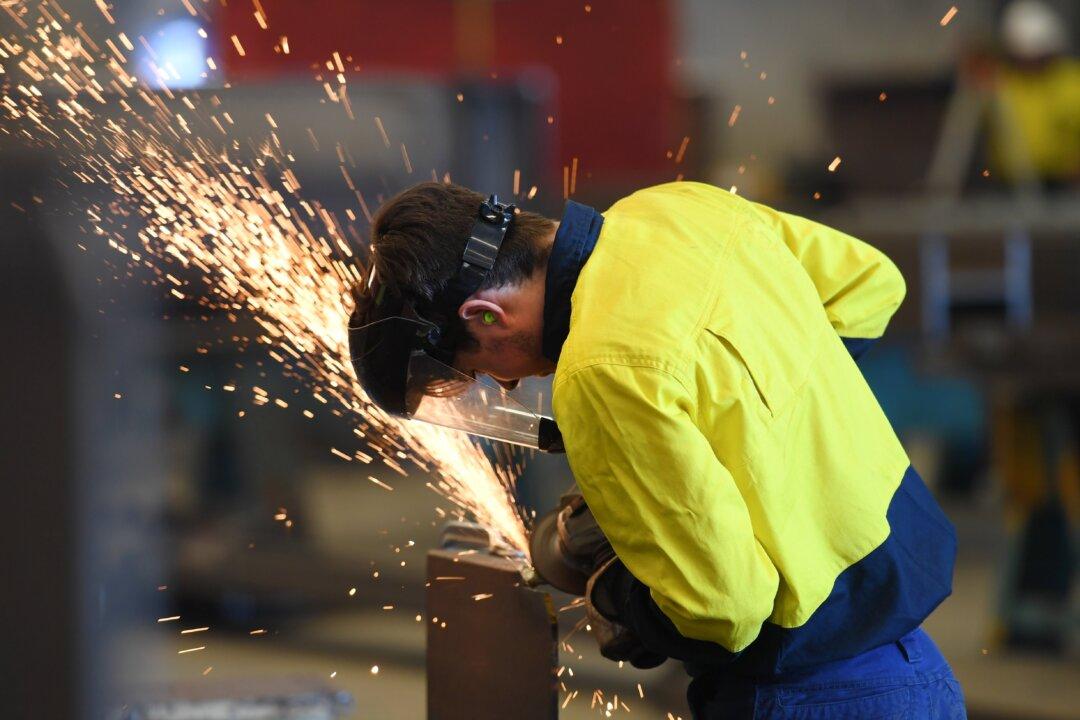Australian mining magnate Gina Rinehart has urged the federal government to reduce regulations for the mining industry so that the nation’s natural minerals and resources can be better utilised to provide security and stability in the Indo-Pacific.
This follows concerns from Japanese gas company Inpex, which said in April that regulatory changes to natural resources such as gas would “choke investment, strangle expansion” and would “allow Russia, China, and Iran to fill the void.”





